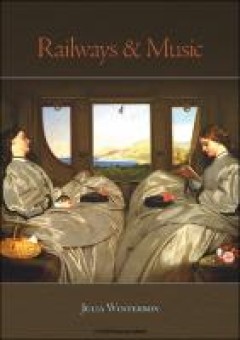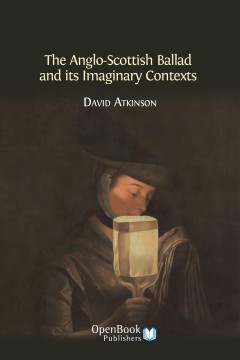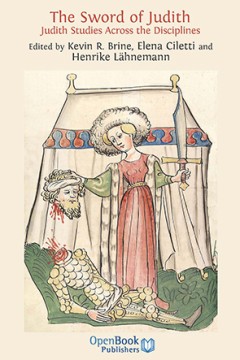Filter by

Railways & Music
When the Stockton & Darlington Railway opened in 1825, it was the first steam-powered railway to carry passengers. Since then there has been no shortage of music connected with trains and railways: orchestral pieces and popular songs describing railway journeys; those that celebrate the opening of a new line; worksongs and blues describing the hardship of building the railroads, even the first …
- Edition
- -
- ISBN/ISSN
- 9781862182035
- Collation
- -
- Series Title
- -
- Call Number
- Trains & railways: general interes

The Anglo-Scottish ballad and its imaginary contexts
This is the first book to combine contemporary debates in ballad studies with the insights of modern textual scholarship. Just like canonical literature and music, the ballad should not be seen as a uniquely authentic item inextricably tied to a documented source, but rather as an unstable structure subject to the vagaries of production, reception, and editing. Among the matters addressed are t…
- Edition
- -
- ISBN/ISSN
- David Atkinson
- Collation
- xv, 207p. ; ill.
- Series Title
- -
- Call Number
- 821.04 ATK t

Auld Lang Syne : A Song and its Culture
In Auld Lang Syne: A Song and its Culture, M. J. Grant explores the history of this iconic song, demonstrating how its association with ideas of fellowship, friendship and sociality has enabled it to become so significant for such a wide range of individuals and communities around the world. This engaging study traces different stages in the journey of Auld Lang Syne, from the precursors to the…
- Edition
- -
- ISBN/ISSN
- 9781800640672
- Collation
- xvii, 325p. ; ill.
- Series Title
- -
- Call Number
- 784.49411 MOR a

A philosophy of cover songs
Cover songs are a familiar feature of contemporary popular music. Musicians describe their own performances as covers, and audiences use the category to organize their listening and appreciation. However, until now philosophers have not had much to say about them. In A Philosophy of Cover Songs, P.D. Magnus demonstrates that philosophy provides a valuable toolbox for thinking about covers; in t…
- Edition
- -
- ISBN/ISSN
- 9781800644243
- Collation
- 162 p ; 23,4 x 15,6 cm
- Series Title
- -
- Call Number
- 780.1 MAG a

The sword of Judith : Judith studies across the disciplines
These essays, by presenting translations of unpublished manuscripts, analyzing new archival sources, and exploring Judith’s representation in narrative, poetry, art, music and theatre, demonstrate how Judith serves as a template for marking changing views of politics, ethics, gender roles and theology from the Patristic period to the nineteenth century. — Amy-Jill Levine, Nashim: A Journal…
- Edition
- -
- ISBN/ISSN
- 9781906924171
- Collation
- xviii, 511p.: ill.
- Series Title
- -
- Call Number
- 809.93351 THE k
 Computer Science, Information & General Works
Computer Science, Information & General Works  Philosophy & Psychology
Philosophy & Psychology  Religion
Religion  Social Sciences
Social Sciences  Language
Language  Pure Science
Pure Science  Applied Sciences
Applied Sciences  Art & Recreation
Art & Recreation  Literature
Literature  History & Geography
History & Geography